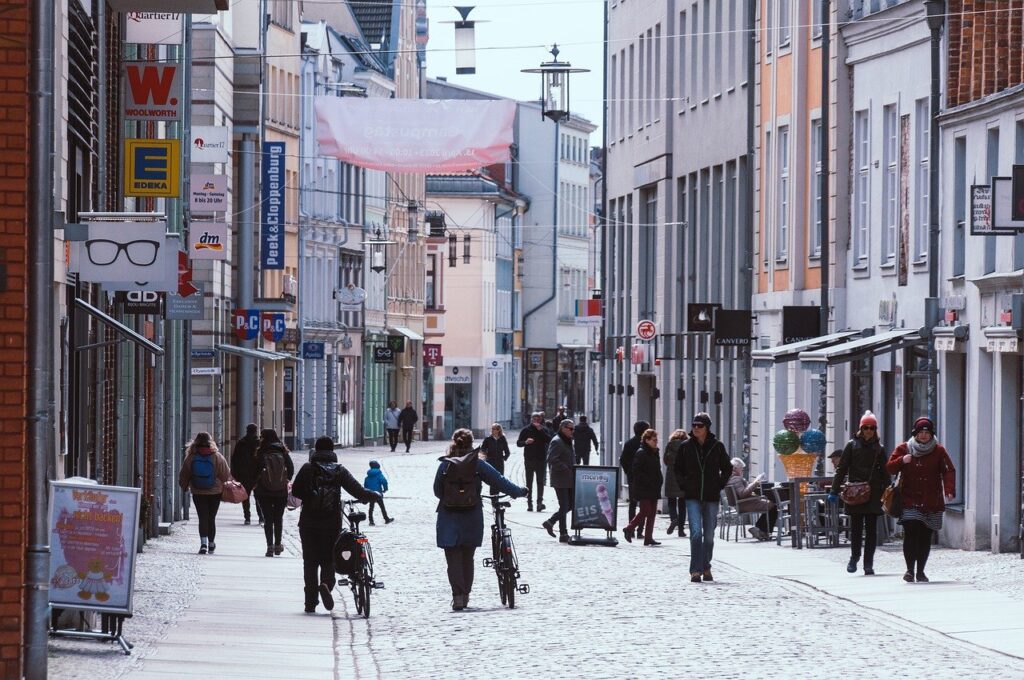The real estate market is significantly influenced by the broader economic environment. Economic cycles, characterized by periods of expansion, peak, contraction, and trough, can greatly affect the performance of various real estate asset classes. Understanding these cycles is crucial for investors, developers, and other stakeholders in the industry to make informed decisions, manage risks, and optimize returns. This blog will explore how different stages of economic cycles impact various real estate asset classes, including residential, commercial, industrial, and retail properties.

1. Understanding Economic Cycles
Economic cycles, also known as business cycles, are fluctuations in economic activity that occur over time. These cycles consist of four main phases:
- Expansion: A period of increasing economic growth characterized by rising GDP, employment, and consumer spending.
- Peak: The point at which economic growth reaches its maximum, often marked by high levels of employment and inflationary pressures.
- Contraction (Recession): A period of economic decline, where GDP falls, unemployment rises, and consumer spending slows down.
- Trough: The lowest point of the economic cycle, where the economy hits a bottom before beginning to recover.
Each phase of the economic cycle affects real estate asset classes differently.
2. Impact on Residential Real Estate
- Expansion: During economic expansion, demand for residential properties generally increases due to higher employment rates, rising incomes, and greater consumer confidence. Home prices tend to rise, and there is often a surge in new construction and real estate development.
- Peak: At the peak of an economic cycle, the housing market can become overheated, leading to inflated property prices. Buyers may face affordability issues, and mortgage rates may rise due to inflationary pressures, which can dampen demand.
- Contraction: During a contraction or recession, demand for residential properties typically declines. Higher unemployment rates, reduced incomes, and tighter credit conditions can lead to lower home sales, falling property prices, and an increase in foreclosures.
- Trough: At the trough, the residential market may see a stabilization of prices as the economy begins to recover. This phase can offer opportunities for investors to purchase properties at lower prices, anticipating future growth.
3. Impact on Commercial Real Estate
- Expansion: Commercial real estate, including office buildings, hotels, and multifamily apartments, benefits from economic expansion. Higher business activity leads to increased demand for office spaces, hotels see higher occupancy rates, and multifamily properties experience lower vacancy rates.
- Peak: At the peak, commercial real estate markets may face challenges such as oversupply, as developers rush to capitalize on high demand. Rising interest rates can also make financing more expensive, affecting the profitability of new projects.
- Contraction: During economic contraction, commercial properties can suffer from reduced demand. Office spaces may see higher vacancy rates as companies downsize or close, while hotels experience lower occupancy rates due to decreased business and leisure travel.
- Trough: As the economy begins to recover, commercial real estate markets may stabilize. Investors may find opportunities to acquire undervalued assets or reposition existing properties to meet changing market demands.
4. Impact on Industrial Real Estate
- Expansion: Industrial properties, such as warehouses and distribution centers, generally perform well during periods of economic growth. Increased consumer demand leads to higher production and inventory levels, driving demand for storage and distribution facilities.
- Peak: At the peak, industrial real estate can still benefit from sustained demand, but growth may slow down as economic conditions begin to tighten. Overbuilding can become a concern if developers have been overly optimistic about future demand.
- Contraction: During a recession, demand for industrial space can decline as production slows and companies reduce inventory levels. However, certain sectors, such as e-commerce, may continue to see robust demand, offering some resilience to the industrial real estate market.
- Trough: As the economy recovers, industrial properties can quickly rebound due to renewed demand for manufacturing, distribution, and logistics space.
5. Impact on Retail Real Estate
- Expansion: Retail properties, including shopping centers, malls, and standalone stores, typically benefit from increased consumer spending during economic expansion. Retailers expand their presence, and vacancy rates decline.
- Peak: At the peak, retail markets can face challenges as consumer confidence begins to wane and spending slows. Higher interest rates can also affect retailers’ ability to finance expansion.
- Contraction: During a recession, retail real estate can be hit hard. Reduced consumer spending leads to higher vacancy rates, declining rents, and potential bankruptcies for weaker retailers. Properties in prime locations may fare better, while secondary locations could see significant distress.
- Trough: As the economy begins to recover, the retail market can slowly improve, with consumers gradually increasing spending. Investors may target distressed properties for repositioning or redevelopment.


6. Conclusion: Navigating Economic Cycles in Real Estate
Understanding the impact of economic cycles on different real estate asset classes is essential for making strategic investment decisions. By anticipating market shifts and adjusting strategies accordingly, real estate investors and developers can mitigate risks and capitalize on opportunities presented at different stages of the economic cycle. Whether investing in residential, commercial, industrial, or retail properties, a comprehensive analysis of economic trends and market conditions is crucial for long-term success.
Maintaining a diversified portfolio across various asset classes and geographic locations can also help investors weather the ups and downs of economic cycles, ensuring sustainable returns over time.

